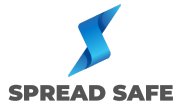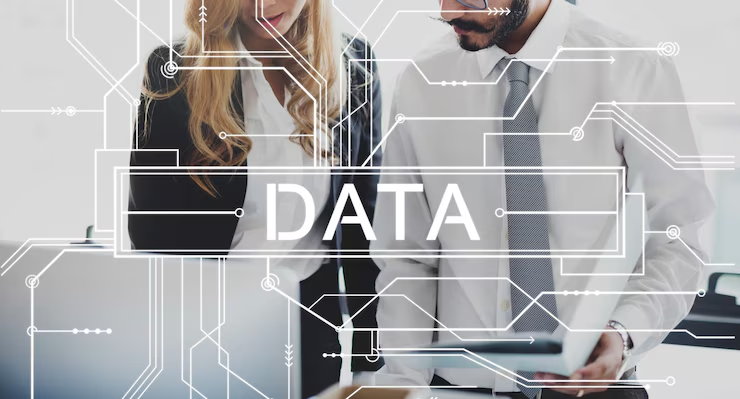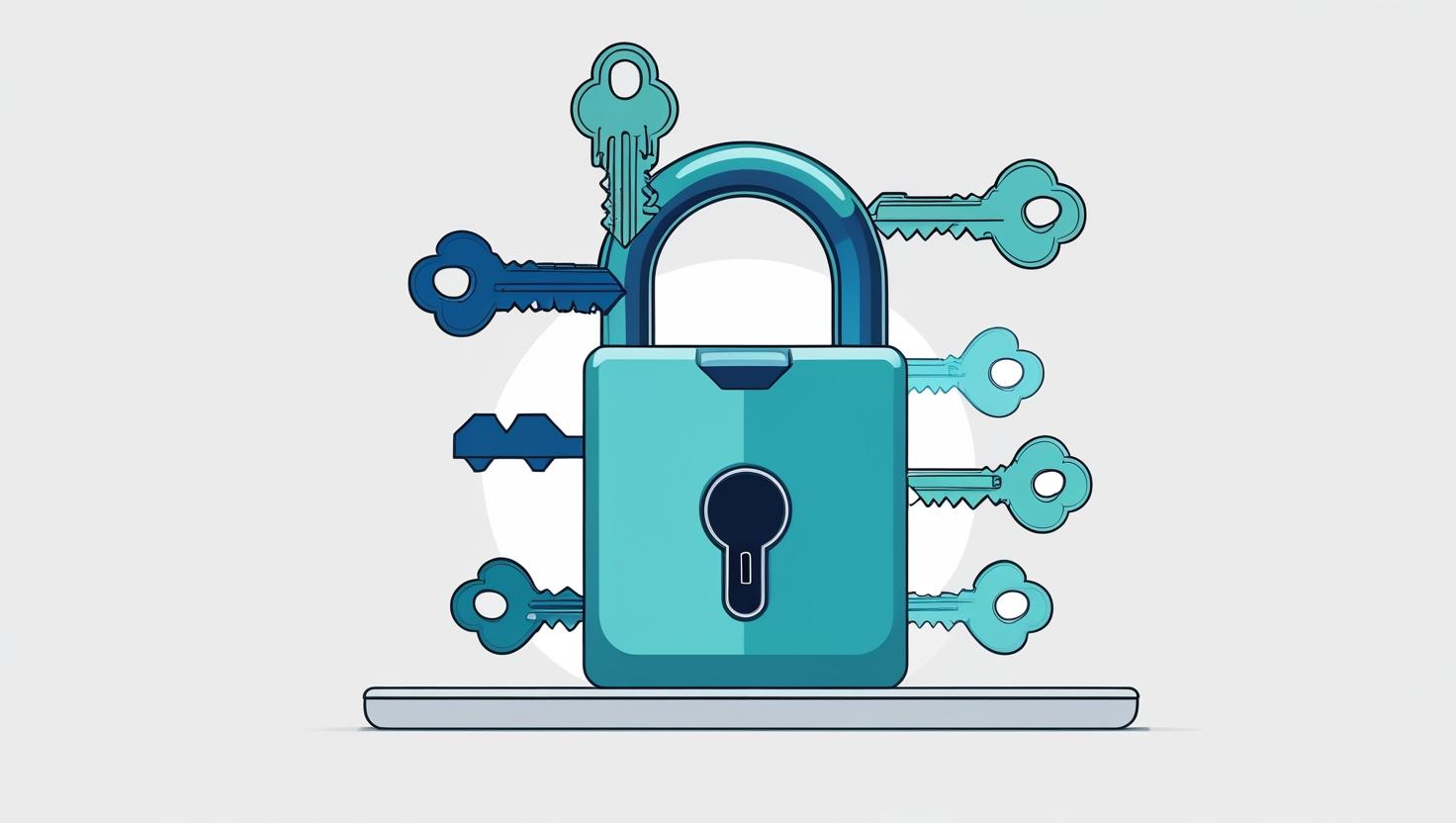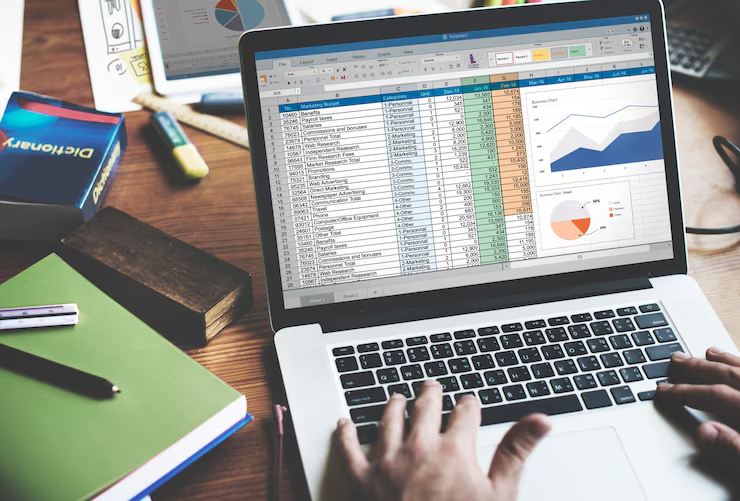Big Data vs Small Data in Modern Analytics has become a central debate in today’s data-driven landscape. At Spread Safe, we believe understanding the strengths and limitations of each approach is key to unlocking value from your data. Whether you’re working in marketing, finance, healthcare, or operations, choosing the right analytics path can transform decisions and drive results.
Analytics professionals often find themselves torn between vast datasets that promise deep insights and smaller, more focused data that delivers clarity and speed. In this article, we explore both approaches, their practical uses, and how you can apply them strategically in real-world scenarios.
What Is Big Data?
Big Data refers to datasets so large or complex that traditional processing methods struggle to handle them. These datasets can come from digital platforms, IoT devices, sensors, transaction logs, social media feeds, and more. The volume, velocity, and variety of Big Data demand specialized technologies and architectures to store, process, and analyze effectively.
What Is Small Data?
In contrast, Small Data involves focused, manageable datasets that provide immediate, actionable insights. These could be customer survey results, website analytics segments, or financial reports. The power of Small Data lies in its simplicity, clarity, and ease of interpretation often without the need for advanced big data tools.
Key Differences Between Big Data and Small Data
| Feature | Big Data | Small Data |
| Size & Complexity | Massive, complex, often unstructured | Small to medium, usually structured |
| Processing Requirements | Distributed systems, cloud, Hadoop/Spark | Traditional databases or spreadsheets |
| Speed of Insight | Slower insights due to data volume | Quicker insights with focused datasets |
| Cost Implications | Infrastructure-heavy, higher costs | Low-cost, minimal infrastructure |
| Usability | Requires data specialists, tools | Accessible to general business users |
When to Use Big Data
Customer Behavior Analysis
To understand broad behavioral patterns across a vast user base, such as e-commerce transaction trends or website traffic flow.
Real-Time Monitoring
Use cases like IoT sensor monitoring, cybersecurity alerts, and predictive maintenance rely on continuous, high-volume data.
Machine Learning & AI
Training models often need massive datasets to capture patterns and improve accuracy, whether in image recognition, natural language processing, or predictive systems.
Supply Chain Optimization
Tracking shipments, inventory, and supplier performance across global operations produces massive quantities of structured and unstructured data.
When to Use Small Data
Customer Feedback
Surveys, interviews, and focus groups provide high-value, targeted insights into product preferences and satisfaction levels.
Sales Trends Reporting
Daily or weekly sales summaries, regional breakdowns, and performance dashboards are easily handled by Small Data techniques.
Pilot Projects or A/B Testing
Before rolling out features broadly, teams can test ideas with smaller user groups and analyze results quickly.
Financial Reporting
Quarterly reports, budget tracking, and cost analysis often rely on precise, structured financial data.
Real-World Uses: Big Data vs Small Data
Marketing Campaign Analytics
Big Data: Track social media sentiment, ad impressions, clickstream logs across millions of visits.
Small Data: Look at a subset of audience feedback or top-performing ads to guide adjustments quickly.
Healthcare Monitoring
Big Data: Integrate patient vitals, imaging data, electronic health records, and genomics for advanced insights.
Small Data: Analyze clinic-level patient intake trends or surveys to improve service quality.
Retail Strategy
Big Data: Use purchase histories, foot traffic sensors, and supply chain logistics to forecast inventory.
Small Data: Review top 10 SKUs weekly to react to immediate demand.
Combining Big Data and Small Data for Better Analytics
Blended Workflows
Start with Small Data to identify patterns, then scale successful ideas using Big Data systems for broader validation.
Layered Insight Approach
Use Small Data dashboards for frontline teams and export aggregated results into Big Data platforms for strategic modeling.
Cost Efficiency
Reduce Big Data costs by filtering and refining data streams through Small Data tools before full ingestion.
Governance and Security
Sensitive data can be handled in controlled Small Data environments before anonymization and transfer to Big Data systems.
Challenges & Best Practices
Data Integration
Merging Big Data sources with structured Small Data requires robust ETL (extract-transform-load) processes and data mapping.
Skill Gaps
Big Data needs technical expertise—data engineers and architects—while Small Data can often be managed by analysts and business teams.
Tool Selection
Big Data calls for platforms such as Hadoop, Spark, and NoSQL databases. Small Data thrives in relational databases like SQL Server or tools like Power BI and Excel.
Quality Over Quantity
Even with Big Data, insights depend on clean, accurate data. Data validation, cleaning, and governance are critical across both approaches.
FAQs
Q1. When is Small Data more effective than Big Data?
A: Small Data excels in rapid analysis, pilot studies, and tightly focused questions where clarity and speed are vital.
Q2. Can Big Data projects be done without specialized tools?
A: No. Big Data projects require distributed systems, cloud platforms, or specialized databases to handle volume and complexity.
Q3. How do companies integrate insights from both data types?
A: Many businesses refine findings using Small Data tools, then scale results using Big Data systems through layered analytics workflows.
Q4. Are privacy risks higher with Big Data?
A: Yes. Larger datasets often include sensitive information requiring strong governance, encryption, and compliance measures.
Q5. How does cost compare between Big Data and Small Data initiatives?
A: Big Data initiatives typically have higher infrastructure, storage, and staffing costs, while Small Data projects are more affordable and quicker to implement.
Conclusion
Big Data vs Small Data in Modern Analytics captures two powerful yet distinct approaches to generating insight. At Spread Safe, we support data strategies that harness the speed and precision of Small Data alongside the deep patterns uncovered by Big Data.
When applied thoughtfully, blending these approaches offers a complete picture, fast answers, strategic foresight, and a robust foundation for innovation. Businesses that master this balance are better equipped to adapt quickly, scale smartly, and compete confidently in a data-driven future.




